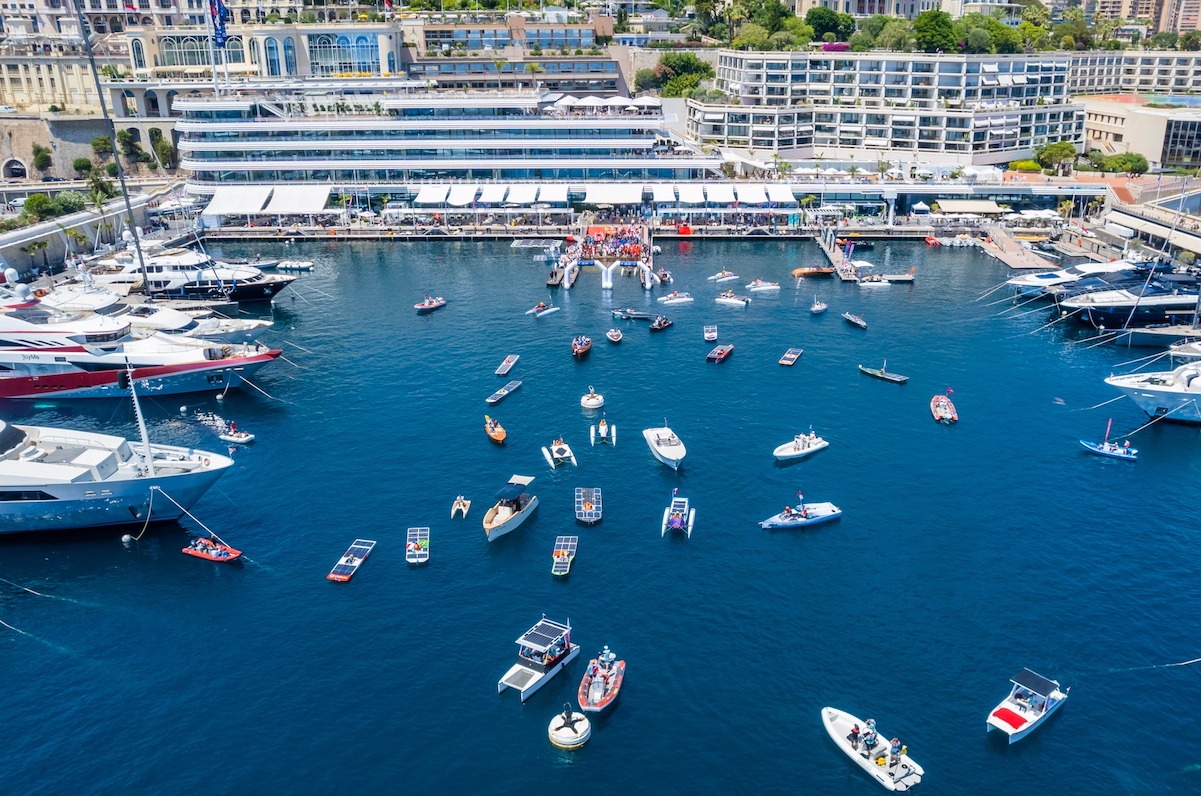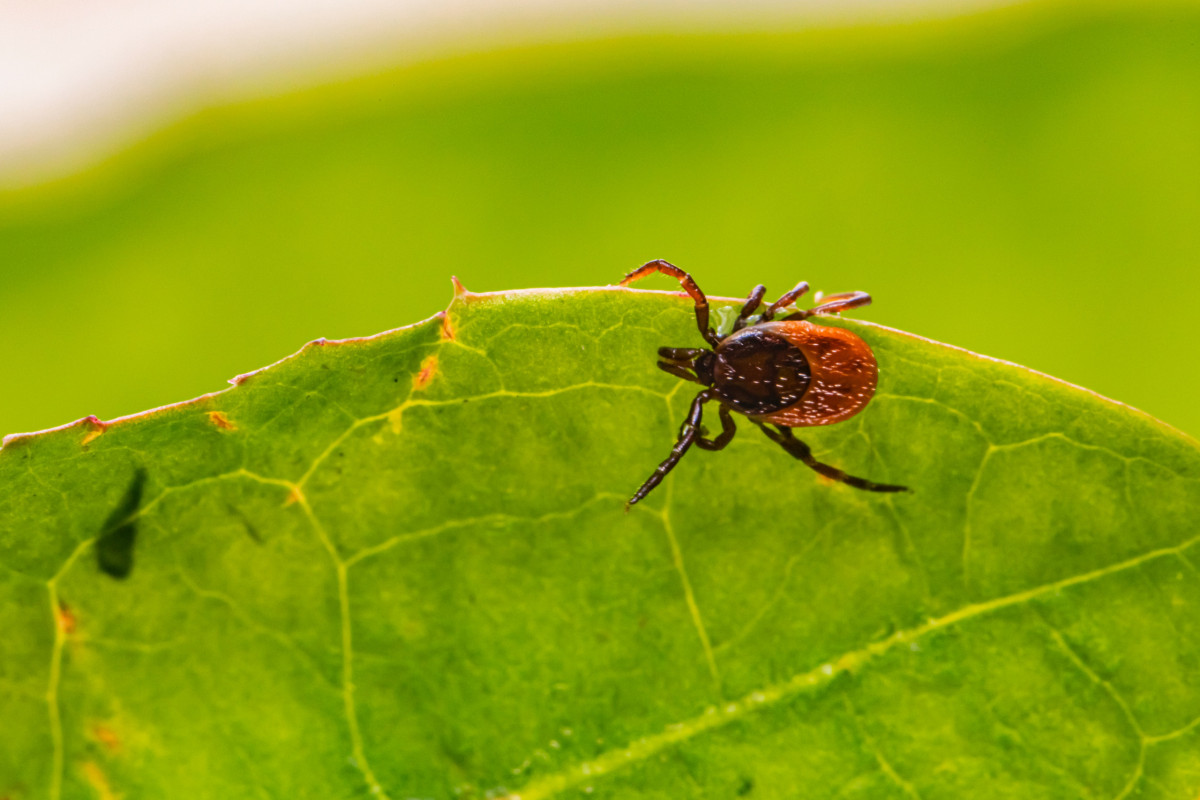Peru, US, Canada, India as well as Turkey, Croatia, Italy and Portugal. These are some of the countries taking part in the Monaco Energy Boat Challenge, the largest meeting for alternative energy sources organised by Yacht Club de Monaco from July 3rd to July 8th.
The latest communication from organisers reveals that 27 teams from 23 nations have already completed their registrations in the Solar and Energy classes, categories composed mainly of engineering students.
The event has also attracted around 15 professional entrants coming to present their latest innovations at the first YCM E-Boat Rally from Monaco to Cala del Forte in Italy.
YCM has also set itself a zero-emission goal with its 100% electric press and safety boats. A total of 50-plus boats will be out on the sea in the bay of Monaco.
“YCM aims to be a driving force in the environmental transition, an ambition that is part of the collective ‘Monaco, Capital of Advanced Yachting’ approach”, said YCM General Secretary Bernard d’Alessandri.
Focused on R&D in open source, with a full programme of nautical challenges on the sea, daily Tech Talks, industry pitches and a conference, this unique in the world event is supported by the Prince Albert II of Monaco Foundation. Other partners include Credit Suisse, BMW and SBM Offshore, with key yachting industry players involved such as the Sanlorenzo, Oceanco, Ferretti and Monaco Marine shipyards.
An event to engage for change
As every year, sustainability discussions will be held at the event with a half-day conference on Thursday 6th July entitled ‘Challenges, Engagement and Adoption to take stock of the challenges ahead and progress made’.
Next day Friday 7th July it will be time for the 4th Hydrogen Round Table organised by the Prince Albert II of Monaco Foundation, the Energy Transition Mission and the YCM.
Monegasque, French and international governmental and institutional stakeholders will come together with international developers of hydrogen projects. Every year the number of hydrogen-related prototypes entering this Challenge increases, up from two in 2019 to six in 2021, seven in 2022 and this year nine teams have taken up the hydrogen challenge. The program complements the well-established Job Forum which connects industry professionals with talented future marine engineers, an initiative which positions yachting as a job generator.
Sign up for the Monaco Life newsletter. For the latest news, follow us on Facebook, Twitter, and Instagram.
Monaco Life with press release. Photo credit: Studio Borlenghi/ YCM

